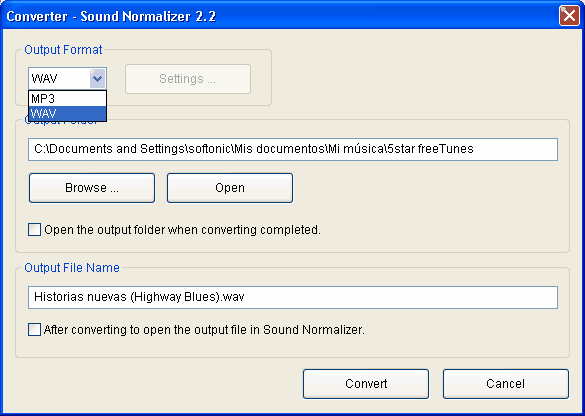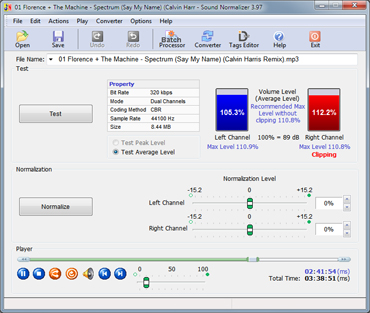

The tool supports EBU R128 (default), RMS and peak. Or, to simply batch-normalize a number of audio files and write them as uncompressed WAV to an output folder: ffmpeg-normalize *.m4a -of /path/to/outputFolder -ext wav

#DOWNLOAD SOUND NORMALIZER FOR VIDEO FILES DOWNLOAD#
download ffmpeg (choose a static build, version 3.1 or higher).Since you should use the loudnorm filter with two passes, and that might be a bit complicated to wrap in a script, I created a Python program to normalize media files, available on PyPi as well. See the Audio Volume Manipulation wiki entry for more. See the examples here.Īlso, the volume filter can be used to perform simple volume adjustments. Speechnorm: specifically made for speech normalization. Example for medium-level compression: ffmpeg -i input.wav -filter:a "dynaudnorm=p=0.9:s=5" output.wav This may change the characteristics of the sound, so it should be applied with caution. You should use this filter in a two-pass mode, so I recommend my wrapper script ffmpeg-normalizefor it (for more info see below).ĭynaudnorm: “intelligent” loudness normalization without clipping, which applies normalization dynamically over windowed portions of the file. This is recommended for publishing audio and video and it is used by broadcasters all over the world. You can set an integrated loudness target, a loudness range target, or maximum true peak. Loudnorm: loudness normalization according to EBU R128. Here are the three more advanced filters: If you want a “simple” RMS-based or peak normalization to 0 dBFS (or any other target), go to the last section of this answer. Current ffmpeg has three filters that can be directly used for normalization – although they are already quite advanced, so they do not simply apply gain to reach a peak level.


 0 kommentar(er)
0 kommentar(er)
